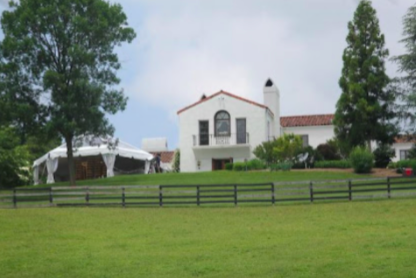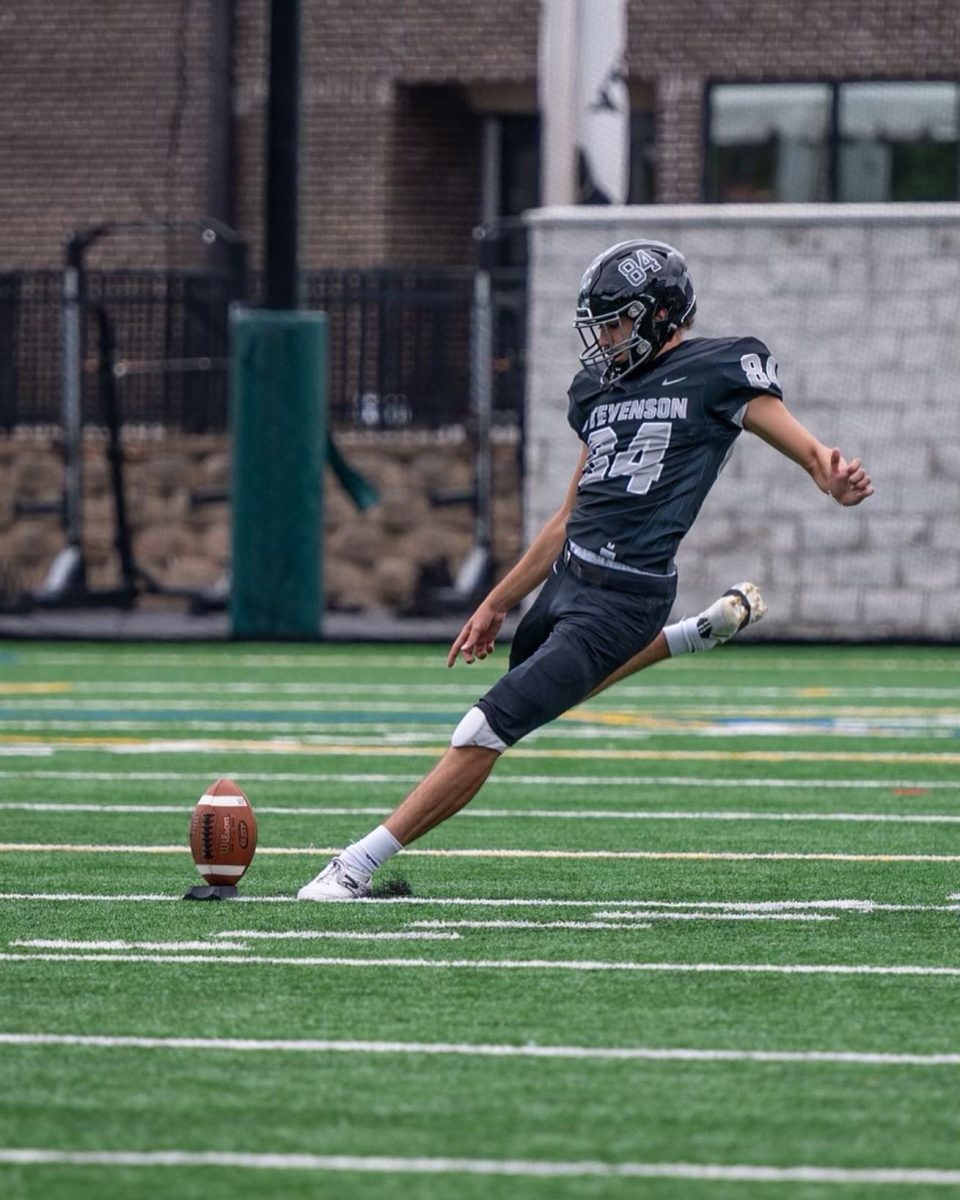By: Connor Lutts
Imagine Green Spring Valley overlooking Stevenson University’s Greenspring campus with the bright sun shining down on both. Many students quickly enter the campus every single day, turning in, without noticing the grand, Italian-style mansion right across the street from it, let alone the great story that goes with it.
That home was once the residence of Rosa Ponselle; she called it “Villa Pace.”
Ponselle built her home in the 1940s when she retired in the Green Spring Valley Area. Villa Pace had the style of, “Tuscany,” wrote Johns Hopkins researchers, “featuring smooth stucco, a red-tiled roof, ornate wrought ironwork, massive windows, and high ceilings.”
Villa Pace’s architecture also had another surprise; it “was built in the shape of a cross both for religious reasons and to allow for excellent ventilation and separation between wings of the home.”
Rosa Ponselle was a world-renowned opera singer in the 1920 and 1930s. She grew up in an Italian family of working-class origins in Western Connecticut. Her career started on the Bonville stage in New York in1910. With no experience in the opera prior to her career, Ponselle nevertheless worked with the great Enrico Caruso. That was a fateful coupling. Caruso was taken by her voice and organized an audition for her at the Met. After that, they often worked together as costars
According to Matt Testa, the curator of the Rosa Ponselle collection at Peabody Institute, her fame rose when she auditioned with her sister, Carmela Ponselle, at the Bonville Stage in New York in 1910. She worked with the Metropolitan Opera performing at shows for 20 years as well as other companies.
In her personal life, Ponselle married Carle Jackson, the son of Baltimore Mayor Howard W. Jackson, and then later divorced him. She never remarried. Instead, she dedicated the rest of her life to sharing her love of music with the youth of the world.
Ponselle died in 1981, still a towering presence in the Opera world. Though she no longer lives in her ornate home it still sits on a hill in the Green Spring Valley, overlooking Stevenson’s original campus.






























































